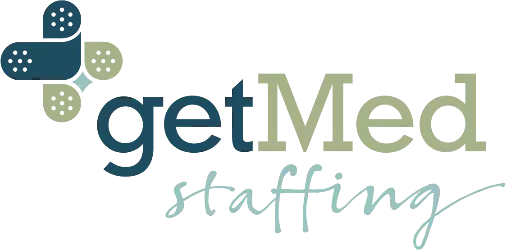
What Is EHR Fatigue and What Can We Do About It?
Clinicians have a lot to juggle daily. When an EHR alert goes off – again— for the thousandth time with so much going on, it becomes commonplace to ignore it. EHR alerts serve a significant purpose, but they can also result in EHR alert fatigue, clinician burnout, and frustration.
EHR fatigue is not a new phenomenon, but it’s not discussed as much as it probably should be. So, the question becomes, how can you and your facility and its health systems recognize, combat, and slow the spread of alert fatigue?
What exactly is EHR?
An electronic health record (EHR) is a digital version of a patient’s paper chart. EHRs are real-time, patient-centered records that make information available instantly and securely to authorized users. These systems are built to go beyond standard clinical data collected in a provider’s office and can be inclusive of a broader view of a patient’s care, such as:
- Containing a patient’s medical history, diagnoses, medications, treatment plans, immunization dates, allergies, radiology images, and laboratory and test results.
- Allowing access to evidence-based tools providers can use to make patient care decisions.
- Automating and streamlining provider workflow.
Another variation you may have come across is electronic medical records (EMR). This is an older term still widely used. Although the two are commonly used interchangeably, some consider there to be a subtle difference between the two. In this instance, EMR would typically mean the actual clinical functions of the software, such as drug interaction checking, allergy checking, and encounter documentation. In contrast, EHRs focus on the patient’s total health—going beyond standard clinical data collected in the provider’s office and including a broader view of a patient’s care.
The problem with EHR fatigue
In a survey of nearly 300 clinicians from three institutions, the researchers identified seven EHR design and use factors that are associated with high stress and burnout:
- information overload
- slow system response times
- excessive data entry
- inability to navigate the system quickly
- “note bloat.”
- interference with the patient-clinician relationship
- fear of missing something
- notes geared toward billing.
A 2012 review in the American Journal of Medicine found that primary care physicians receive an average of 56 alerts per day, spending an estimated average of 49 minutes each day processing these alerts. This is concerning because a study by JAMA Network Open in 2020 found that most physicians experience fatigue working with EHRs for as little as 22 minutes. While the alerts can work to improve care processes, because of the time, frequency, and likelihood of fatigue when working with them, clinicians often dismiss them. Healthcare systems with high alert rates often also see high override rates, some up to 96%.
“Therefore, the 'carry-over' effect of EHR-related fatigue is directly associated with patient safety risks," said Saif Khairat, Ph.D., MPH, and assistant professor at the University of North Carolina at Chapel Hill.
How to mitigate EHR fatigue
Simply put: acknowledging the fatigue your nurse experiences could help with retention.
Like many things in medicine, the tools we use continue to evolve, and healthcare professionals will have to adapt – but things can only get better through collaboration. It’s not just permanently placed staff that needs vigilant attention either. Despite the current nursing shortage, most travelers won’t fear leaving after their contract is complete because of the persistent demand for travel nurses. Acknowledging the fatigue nurses experience could help with retention on all levels, perhaps leading to travelers extending their assignments too.
Well-being and burnout prevention should be focused on across all stages of the staffing process through a comprehensive strategy to address burnout on all individual, organizational, and operational levels. Keep in mind that effectively executing these changes won’t be a one-and-done fix, however. For consistent results, it will be necessary to regularly evaluate workflow and adjust the alert preferences of each clinical area to ensure that the correct information, severity levels, and parameters are displayed at the right time and to the right user. Adding filters and removing duplicates can significantly lessen the overwhelming factors and tweak processes when necessary. If possible, share feedback with your EHR vendor. This knowledge comes with shared responsibility between vendors and hospitals and can create safer products.
Going Forward
Optimizing EHR alerts is admittedly resource-intensive— but it's also worth it for the people who work in this profession. Taking time to improve and better monitor nurse productivity while targeting EHR fatigue will only impact the healthcare industry for the better.
Contact GetMed today to learn more about how we can help address healthcare professional burnout and improve the experience during every assignment.
